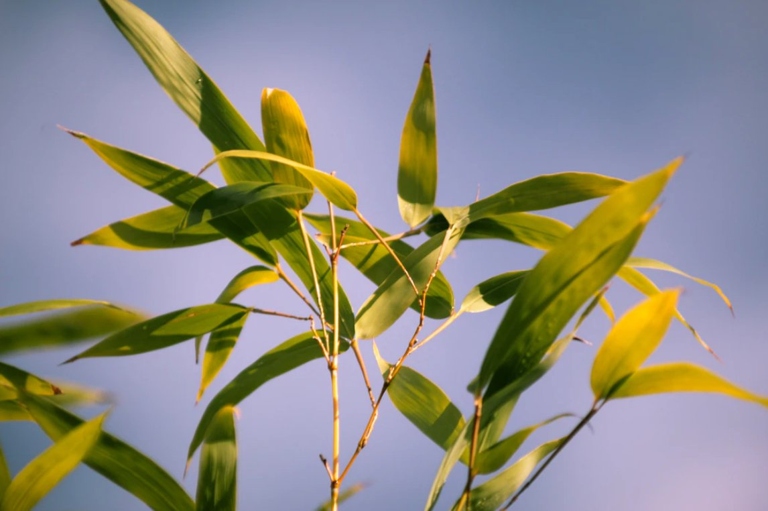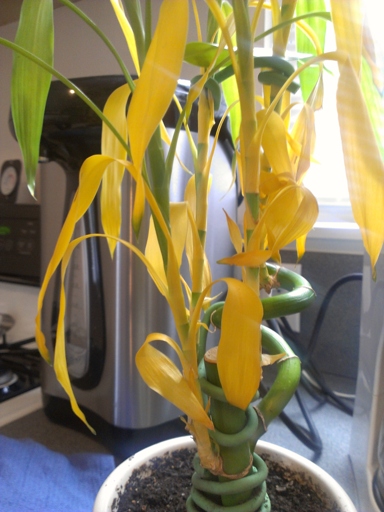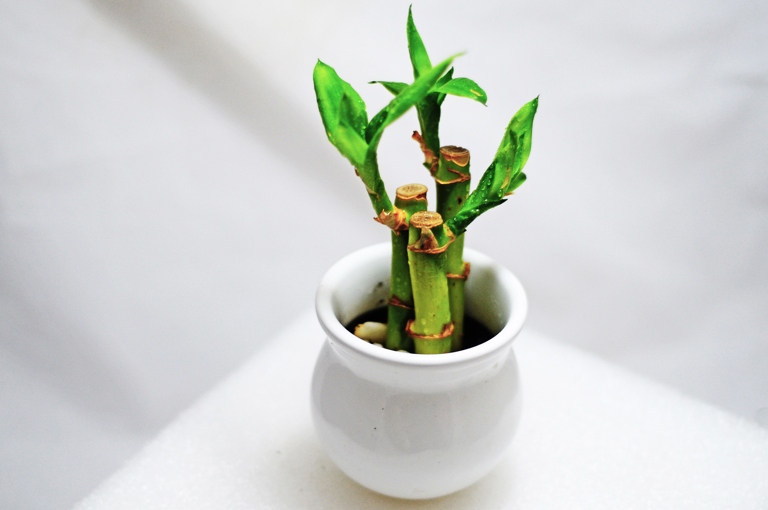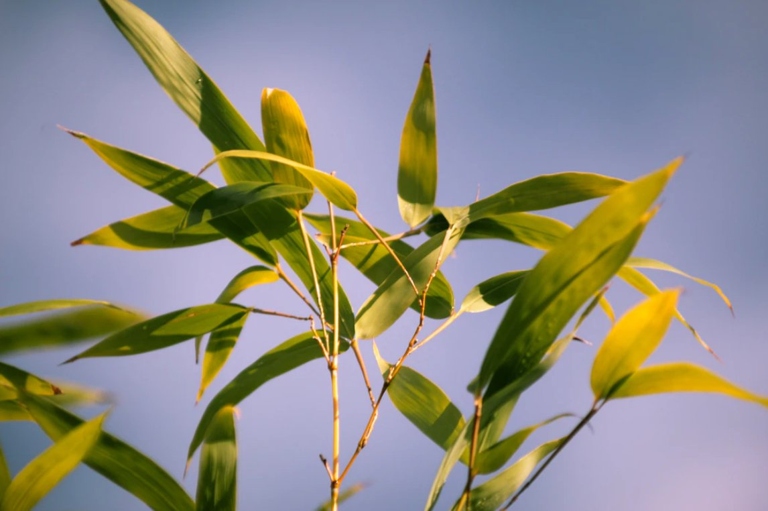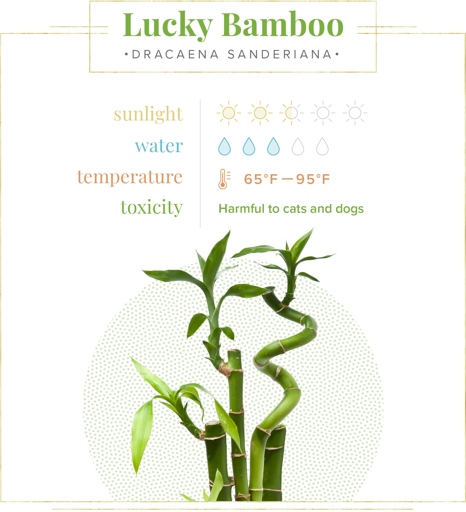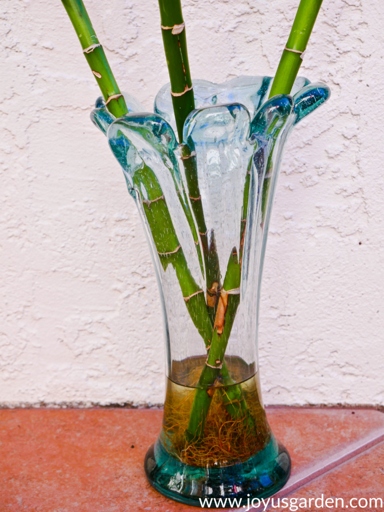Can I Cut the Brown Tips Off My Bamboo Plants?
Bamboo is a type of grass that is often used in landscaping. It is a fast-growing plant that can reach heights of up to 30 feet. Bamboo is a hardy plant that is relatively easy to care for. However, bamboo does require some maintenance. One issue that bamboo owners may face is brown tips on the leaves. Brown tips can be caused by a number of factors, including lack of water, too much sun, or pests. While brown tips are not harmful to the plant, they can be unsightly. Fortunately, there are a few things that you can do to get rid of brown tips on bamboo.

